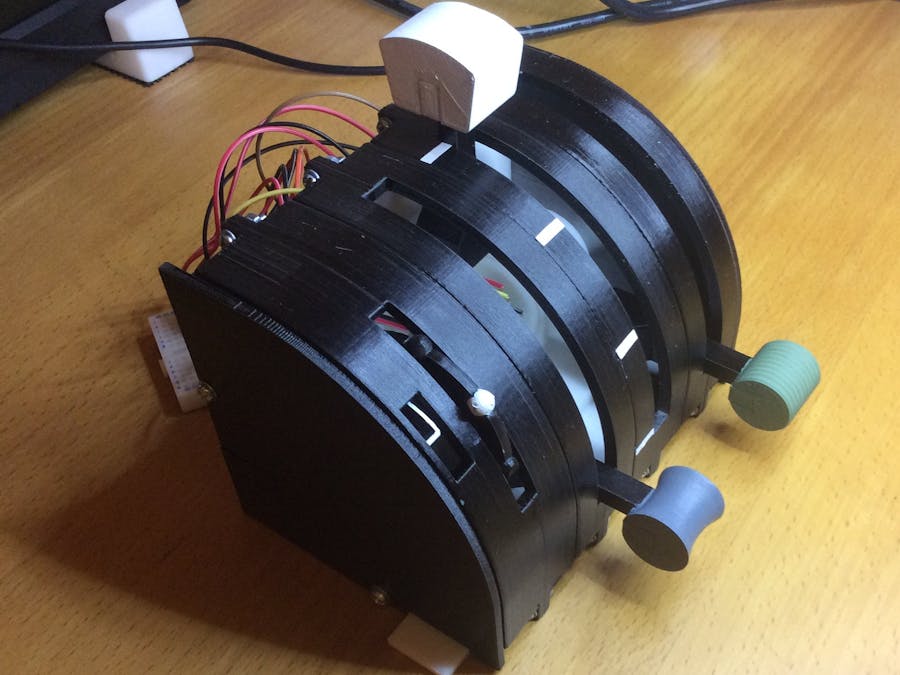Having recently upgraded my PC to enable it to run MS FS2020, I was inspired to improve the controls I was using. A keyboard does not really have the right feel for flying and I wanted to upgrade the experience to something better. I am not a full-time flight simmer and cannot afford the space or money to dedicate a lot to making a full cockpit or even a purchased set of controls.
I set about designing a set of controls in CAD that could be made with the tools I have and give a reasonable experience of what I imagine a real plane would feel like, I have never touched the controls on a plane so it is based on what I think they would be like.
I decided that the controls I would like are some single levers for throttle, flaps, landing gear and an elevator trim wheel. I mostly fly the small light single engine planes in the sim so that is what I was focusing on.
The trim wheel was the most challenging to design and it took several sketched ideas over many days to come up with a design that I thought would provide the look and feel that I wanted.
All the parts were 3D printed in ABS on my UP! printer, they were then painted and wired up to an Arduino, a Leonardo to start with then swapped over to a Micro. To end up with a plug and play unit which can be stored away easily when not in use.
Parts3D Printed Part List
Each lever module will require
- 1 x Body left
- 1 x Body right
- 1 x Lever with x detents, 5 variants available with 2-6 detents
- 1 x Lever end
- 1 x Knob, 6 variants available
- 1 x Friction plate, 3 variants available
- 1 x Potentiometer holder
Each wheel module will require
- 1 x Trim wheel body left
- 1 x Trim wheel body right
- 1 x Trim wheel gear
- 1 x Trim wheel hub
- 1 x Trim wheel wheel, if making the assembled wheel
- 8 x Trim wheel nodules, if making the assembled wheel
- 1 x Trim wheel single piece, if making the single piece wheel
- 1 x Trim wheel quadrant
- 1 x Trim wheel quadrant drive
- 1 x Potentiometer holder
Back box parts can be used to house the Arduino and wiring.
ConclusionA very enjoyable build, very easy from a coding point ofview, the real challenge in this build was the design, especially the trim wheel and getting the feel right.











Comments